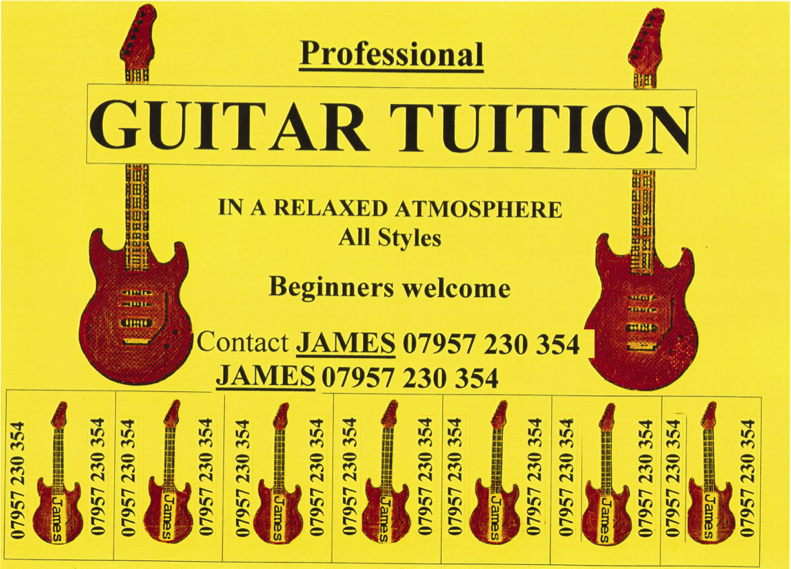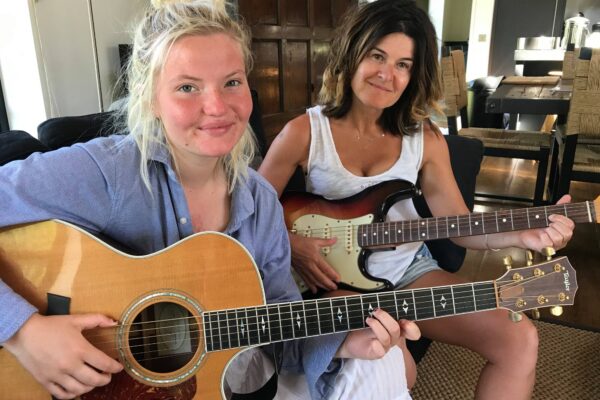Major Scale | Guitar Lessons London | Music Theory for Guitar
Major Scale | Guitar Lessons London | Music Theory for Guitar
Major Scale | Guitar Lessons London | Music Theory for Guitar during your evolution as a lead guitarist, it becomes more and more important to learn to solo in more than one position. If, for example, you’re soloing in the key of C major, and you only feel comfortable playing in the few frets surrounding the eighth fret, then you’re limiting yourself unnecessarily.
The Major Scale is the most important scale of all.
All modes are derived from this scale. Modes are altered scales. In other words, you make some notes sharp or flat. Each mode like the major scale has a quality. The major scale‘s quality is happy and upbeat. These qualities are more prevalent when you integrate the chords which are shown above into your playing. In the chart below you will see that I have marked off patterns. The major scale is the cornerstone of all western harmony. It has seven notes plus the octave in practice, Do, Re, Mi, Fa, Sol, La, Ti and Do.
There are 5 patterns .
| Description: | This scale is used as base scale from which other modes and scales come from. |
| Quality: | Happy or Upbeat quality |
| Musical Styles: | Rock, Country, Jazz, Fusion |
| Chords: | Major, Major Sevenths, Major Ninths, Elevenths |
| Intervals: | (W – Whole Step, H – Half Step) Root -2-3-4-5-6-7-Octave W-W-H-W-W-W-H |
The scale formula for the major scale must be memorised, as you will use it often to work out chord tones. The formula describes the interval distances between each note of the scale.
T ^ T ^ S ^ T ^ T ^ T ^ S
(T=Tone, S= Semitone)
The scale shapes is movable. That just means that you can move your starting note anywhere on the 6th string. Just remember whatever note you start on will be the root note of that major scale. If you move this scale to where you are starting on the A note on the 5th fret of the 6th string you would be playing an A major scale.
To play each scale on the guitar, begin with the correct fret on the first string (the top string as you hold the guitar, the low E string), which is as follows:
- Openstring: E
- 1st fret: F
- 2nd fret: F#/Gb
- 3rd fret: G
- 4th fret: G#/Ab
- 5th fret: A
- 6th fret: A#/Bb
- 7th fret: B
- 8th fret: C
- 9th fret: C#/Db
- 10th fret: D
- 11th fret: D#/Eb
- 12th fret: E
[googlemap width=”false” height=”400″ latitude=”0″ longitude=”0″ address=”greater london” zoom=”10″ type=”ROADMAP”]








